La dégustation de vin est une expérience sensorielle qui transcende le simple fait de boire. C’est un voyage à travers le temps, une exploration des nuances de goût et de texture.
La dégustation de vin est une expérience qui peut être aussi simple ou aussi complexe que vous le souhaitez, mais qui se révèle toujours enrichissante. Voici un guide proposé par Oeni, votre app de gestion de cave à vins disponible sur iOS et Android, pour vous aider à commencer votre voyage dans le monde de la dégustation de vin.
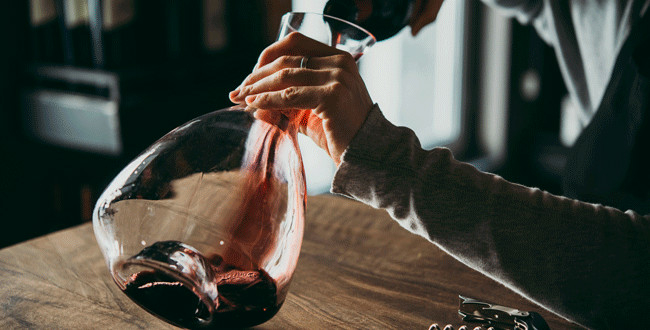
La préparation
La première étape de la dégustation de vin est la préparation. Cela commence par s’assurer que le vin est à la bonne température. Les vins rouges sont généralement servis à une température légèrement inférieure à la température ambiante, entre 16-18°C, alors que les vins blancs sont souvent servis un peu plus frais, autour de 8-12°C. La température peut influencer la manière dont les arômes et les saveurs du vin se présentent, alors n’hésitez pas à expérimenter pour trouver ce qui vous convient le mieux.

L’observation
Une fois que votre vin est servi, la première étape de la dégustation proprement dite est l’observation. La couleur du vin peut vous donner des indices sur le type de vin, son âge et sa concentration. Les vins rouges peuvent varier du rouge cerise clair au rouge rubis profond, tandis que les vins blancs peuvent aller du jaune pâle au doré riche. Inclinez légèrement le verre et observez la couleur du vin contre une source de lumière blanche.
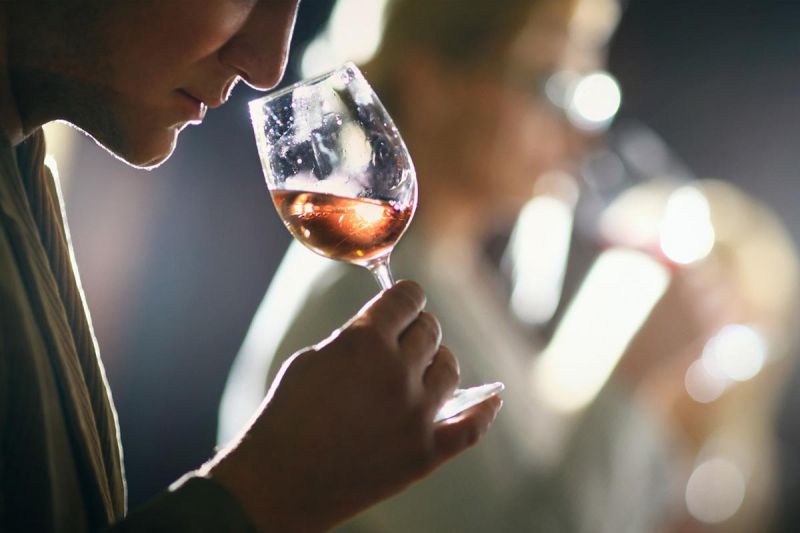
L’olfaction
La prochaine étape est l’olfaction, aussi appelée le nez. Agitez légèrement le verre pour aérer le vin et libérer ses arômes. Ensuite, plongez votre nez dans le verre et inspirez profondément. Les vins peuvent présenter une multitude d’arômes, allant des fruits aux épices, en passant par les fleurs, les herbes, la terre, le bois, et plus encore. Essayez de distinguer les différents arômes et de les nommer si possible. C’est une étape qui peut prendre du temps pour se perfectionner, alors soyez patient et n’hésitez pas à revenir à plusieurs reprises pour sentir le vin.
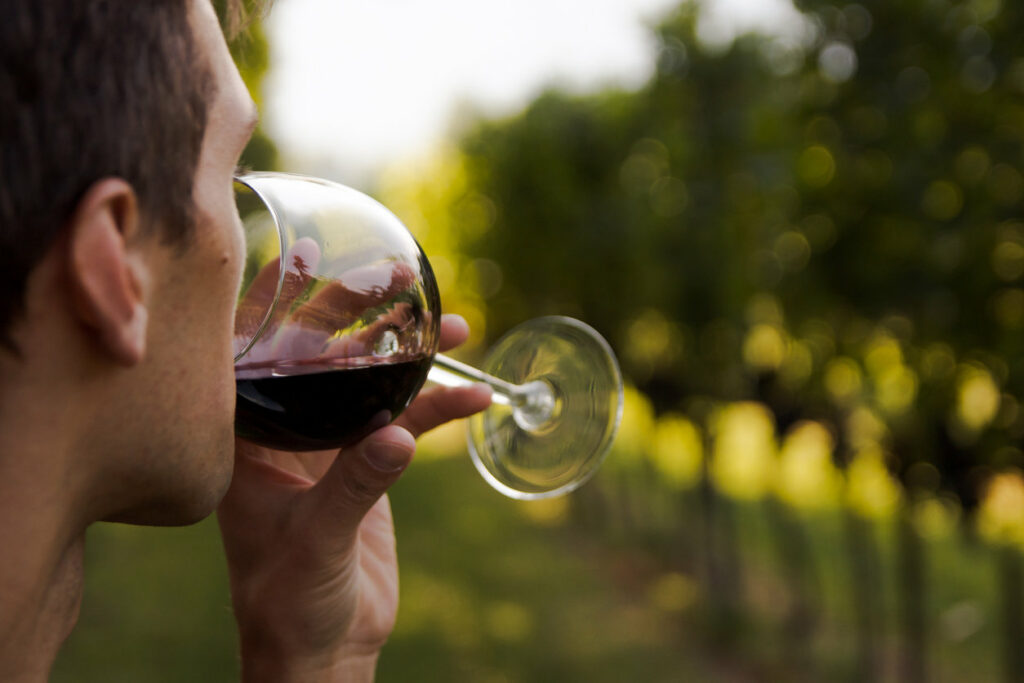
La dégustation
Maintenant, nous arrivons à la dégustation elle-même. Prenez une petite gorgée de vin et laissez-la se répartir dans toute votre bouche. Essayez de distinguer les différentes saveurs présentes. Notez la douceur (sucre), l’acidité, les tanins (un goût amer provenant des peaux de raisin), et l’alcool. C’est ce qu’on appelle le “corps” du vin, et il peut être léger, moyen ou corsé.
L’après-dégustation
La dernière étape de la dégustation est l’après-dégustation, ou la finale. Après avoir avalé le vin, notez combien de temps les saveurs persistent dans votre bouche. Un vin de grande qualité aura une longue finale, ce qui est un signe de sa complexité et de son équilibre.
Le vocabulaire
Apprendre quelques termes de dégustation peut être utile pour mieux exprimer ce que vous ressentez. Par exemple, un vin peut être décrit comme “charnu” s’il est riche et plein, “crisp” s’il est frais et acidulé, “mou” s’il manque d’acidité, ou “velouté” s’il est doux et lisse.
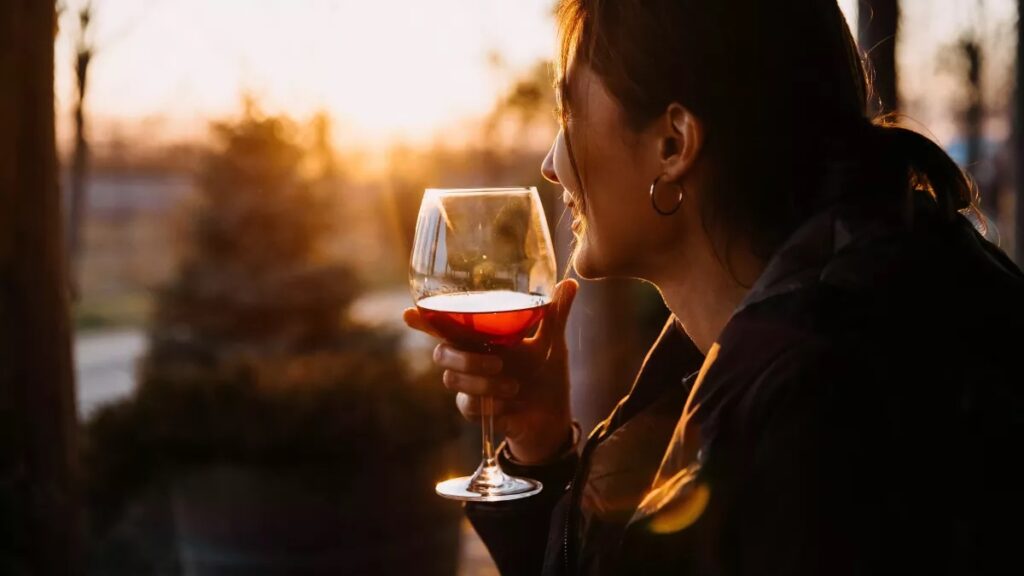
Le plaisir
Au-delà des techniques et des termes, n’oubliez pas que la dégustation de vin est avant tout une question de plaisir. C’est une occasion de savourer un produit artisanal qui incarne l’histoire, la culture et le terroir de son lieu d’origine.
La pratique
La dégustation de vin est une compétence qui s’améliore avec la pratique. Plus vous dégustez de vins différents, plus vous développez votre palais et votre capacité à identifier les nuances subtiles. Alors, n’hésitez pas à explorer, à essayer de nouveaux vins et à partager vos expériences avec d’autres amateurs de vin.
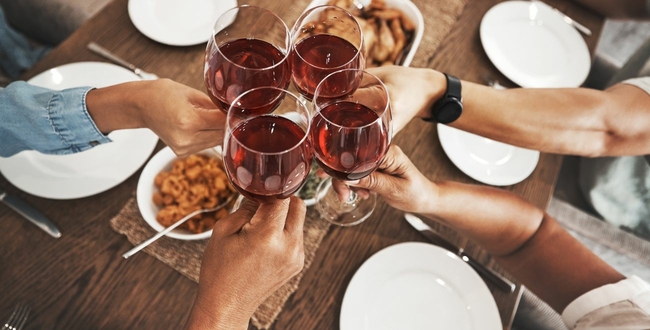
La dégustation de vin est un voyage passionnant qui vous permet de découvrir le monde à travers vos sens. Avec du temps, de la patience et de la pratique, vous pouvez développer votre palais et enrichir votre appréciation du vin. Alors, levez votre verre et commencez votre voyage. Bonne dégustation !






